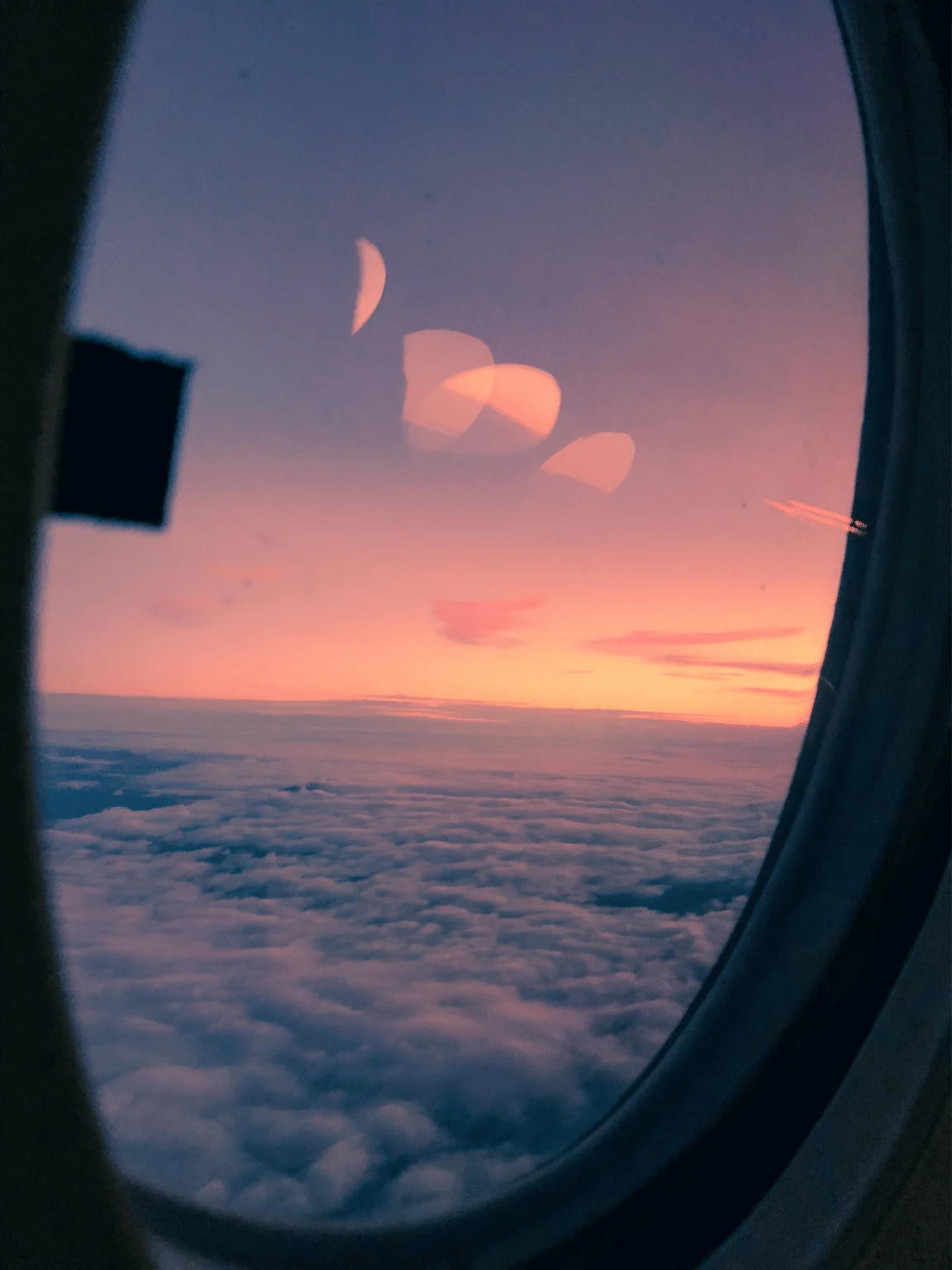This article aims to analyze the best time of day to fly objectively.
By examining factors such as early morning departures, midweek flights, off-peak travel seasons, red-eye flights, and avoiding peak travel times, this study aims to offer valuable insights for individuals seeking to optimize their air travel experience.
Early Morning Departures
Early morning departures are considered advantageous for air travel due to less airport congestion and smoother takeoffs and landings.
The reduced number of flights during the early hours leads to less congestion at airports, resulting in shorter wait times at security checkpoints and boarding gates.
This can provide a more efficient and stress-free experience for travelers.
Takeoffs and landings are smoother during these early hours due to lower winds and less turbulence. Making passengers more comfortable, particularly those sensitive to motion sickness or anxious about flying.
I always prefer to fly earlier in the day than later. The later it gets, the more likely there will be backups and delays due to other flight issues, so the morning is best.
Midweek Flights
Midweek flights have lower demand and thus offer more affordable fares compared to other days of the week.
This can be attributed to the fact that most travelers prefer to travel on weekends, resulting in a higher demand and, subsequently, higher fares.
By opting for midweek flights, passengers can benefit from reduced ticket prices and save money on travel expenses. Additionally, midweek flights often offer a more peaceful and less crowded travel experience, enhancing the overall journey for individuals who value a sense of tranquility and relaxation.

Off-Peak Travel Seasons
When planning their trips, travelers may consider the concept of off-peak travel seasons. Off-peak travel seasons refer to periods with lower travel demand, resulting in lower prices and fewer crowds.
Travelers who desire a sense of belonging may find off-peak seasons appealing as they offer the opportunity to avoid the hustle and bustle typically associated with peak seasons. During off-peak seasons, popular tourist destinations are often less crowded, allowing travelers to explore and experience the local culture more relaxed and authentically.
Additionally, the reduced prices during off-peak seasons can make travel more affordable, particularly for budget-conscious individuals or families. By opting to travel during off-peak seasons, travelers can enhance their sense of belonging by immersing themselves in a more intimate and genuine travel experience.
Red-Eye Flights
Red-eye flights, typically overnight flights that depart late in the evening and arrive early in the morning, can be an advantageous travel option for those seeking to maximize their time efficiency and minimize travel costs.
Business travelers and individuals who want to avoid wasting precious daylight hours on travel often favor these flights.
By opting for a red-eye flight, travelers can make the most of their working day and arrive at their destination refreshed and ready for the day ahead.
Additionally, red-eye flights are cheaper than daytime flights, making them a cost-effective choice for budget-conscious travelers.
However, it is important to consider the potential drawbacks of red-eye flights, such as disrupted sleep patterns and increased fatigue upon arrival.
Nevertheless, red-eye flights can provide a suitable solution for those seeking a travel option that offers efficiency and cost savings.
Avoiding Peak Travel Times
To minimize the impact of crowded travel conditions, travelers may explore alternative departure times to mitigate potential disruptions and enhance their overall travel experience.
Avoiding peak travel times can be a strategic approach to achieving this goal. Peak travel times typically occur during the morning and evening rush hours, as well as during holidays and weekends.
Travelers can enjoy a more relaxed and less congested experience by scheduling flights during off-peak hours. This can lead to shorter wait times at security checkpoints, reduced crowds at boarding gates, and a smoother overall journey.
Additionally, avoiding peak travel times can lower airfare prices, as airlines offer more competitive rates during less popular departure times.
Therefore, carefully selecting departure times allows travelers to optimize their travel experience and feel a sense of belonging within the travel community.
Choosing the best time of day to fly can significantly impact the travel experience. Early morning departures, midweek flights, and off-peak travel seasons are all favorable options to avoid crowds and potential delays.
Red-eye flights can also provide a quieter and less crowded experience. By avoiding peak travel times, passengers can ensure a smoother and more enjoyable journey.
Considering these factors when planning air travel is recommended to optimize the overall experience.
